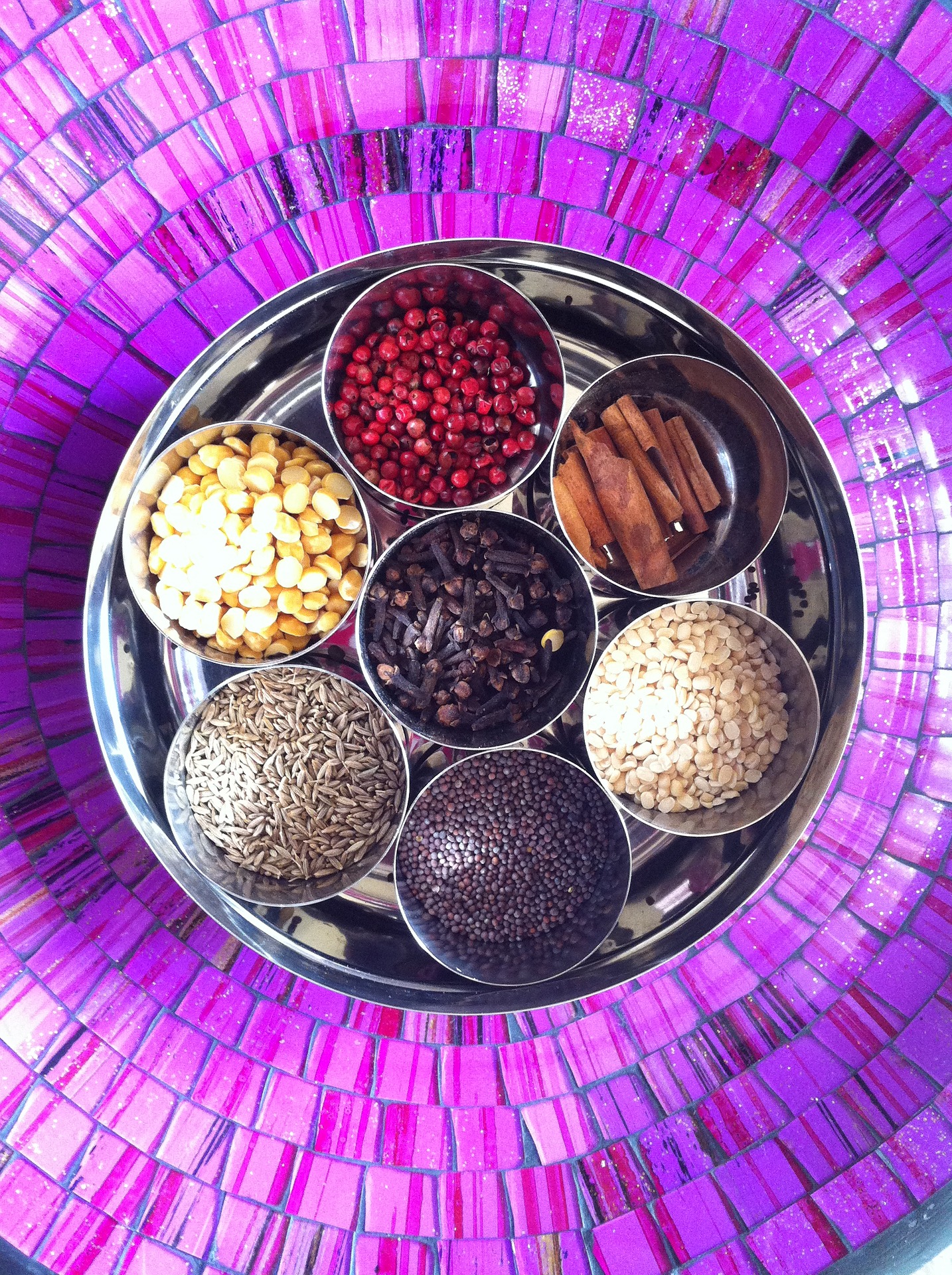By Gunjan Sharma
We all have a weakness for mouth-watering spicy food. Spices form an important part of our diet. They are not only used for flavours but also for their anti-microbial properties. Plants release them as a part of their chemical defense, to protect themselves from microbes, pests, and small animals.
They can be found in a variety of plant parts – as bark of the tree (cinnamon or dalchini), in flower petals (saffron or kesar) or as latex (heeng or asafoetida).The tropical Indian climate is especially favourable to the growth of spices. So much so that several of them originated here before spreading to other parts of the world. One of the major exports of India through the silk trade was spices. Even today, India accounts for about 75% of spices consumed globally.
Different cuisines of the world have imbibed spices in food through different ways – seasoning or sauces. In the Indian subcontinent, this is done through tempering or chaunk. Spices are roasted in oil or ghee to release flavours before adding it to the dish.
To add spices, there is a magic box in all our kitchens – masala dabba. It contains a few commonly used spices. These may include:
Haldi or Turmeric: It comes from the ginger family. Likewise, the root is consumed. This plant is given special importance in ayurveda. The bright yellow colour is also used for dyeing.
Mustard or Rai/Sarson: This plant is known for its oil content. While the seeds are used for tempering, the oil is also extracted for use in cooking.
Dhaniya or Coriander: While we use coriander leaves for garnishing, their seeds are either ground or powdered to be added to curries.
Chilli: Chilli is perhaps the spiciest flavouring agent. The red chilli that is omnipresent today, came to India only a few centuries ago. The kalimirch or black pepper has been here for a longer time and was exported from India to all parts of the world.
Salt: And who can forget the ubiquitous (something that is present everywhere) common salt?Without it, all cooking is nearly impossible. Salt reduces the boiling point of water. It also adds flavour to all our savoury dishes. This white gem is truly the foundation of all cooking as we know it.
Jeera or Cumin: Whether we like it or not, the humble cumin seeds make their way to the oil and indicate whether or not the oil is hot enough to host the rest of the masala. In most North Indian homes, the jeera or cumin seeds are a staple in the masala box. There are 2 types of cumin seeds – the regular jeera, also called White jeera, and the Shahjeera, which is significantly smaller and darker. That is also called Black jeera.

